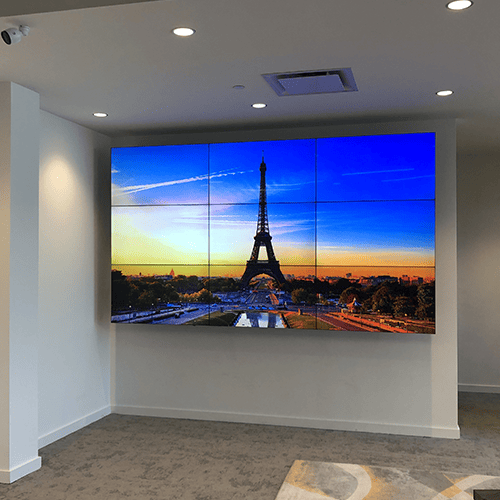Understanding the Common Causes of Light Emitting Diode Screen Panel Breakdown
Wiki Article

Light Emitting Diode wall screens are widely utilized in various environments, from advertisements to residential theaters. These panels are favored because they deliver vivid and dynamic visuals while being energy-efficient. However, similar to all electronic devices, LED panel screens can experience failures. Comprehending the common reasons of these failures is crucial for maintaining their functionality and guaranteeing longevity. This article explores several critical elements that can lead to the malfunctioning of LED panel screens.
One of the most common causes of malfunction in LED panel panels is overheating. LED technology produces heat during use, and if this heat is not adequately controlled, it can damage internal components. Poor airflow or insufficient cooling mechanisms can exacerbate the issue. When the temperature increases beyond the suggested levels, it can lead to reduced brightness, color distortion, or total breakdown of the screen. Regular care, including cleaning air openings and maintaining proper airflow, can assist prevent overheating and extend the life of the screen.
Another major cause leading to LED panel screen malfunction is electricity surges. Fluctuations in the power supply can cause damage to electronic components within the panel. Sudden spikes in voltage can lead to blown fuses or faulty circuits, leading in non-functional screens. Using surge safeguards and voltage regulators can mitigate this risk by stabilizing the power supply and protecting sensitive electronic parts. Making sure that the power infrastructure is up to standard and able of supporting the power requirements of the panel is also essential.
Environmental factors play a vital look at more info role in the functionality of LED panel screens. Exposure to extreme temperatures, humidity, or debris can adversely impact their functioning. For example, high humidity can lead to water buildup inside the screen, which can result in short circuits or damage of internal parts. Similarly, excessive dust accumulation can block ventilation and result to overheating. Placing LED screens in controlled environments and regularly maintaining them can help maintain optimal functionality and avoid failures.
Additionally, production flaws can lead to early failures in LED wall screens. Quality assurance during manufacturing is essential to ensure that each panel meets market standards. Faulty parts or poor assembly can result in problems such as inactive pixels or irregular brightness. It is crucial for consumers to buy LED panel screens from reputable manufacturers that provide warranties and service. This guarantees that any possible defects can be addressed promptly, minimizing downtime and annoyance.
In conclusion, comprehending the frequent reasons of LED wall panel malfunction can help consumers take preventive measures to guarantee their longevity and performance. By tackling address overheating, safeguarding against power spikes, considering environmental conditions, and selecting quality products, users can greatly minimize the risk of malfunction. Regular maintenance and knowledge of these factors will lead to a superior performance with LED wall panels, regardless for individual or professional use.